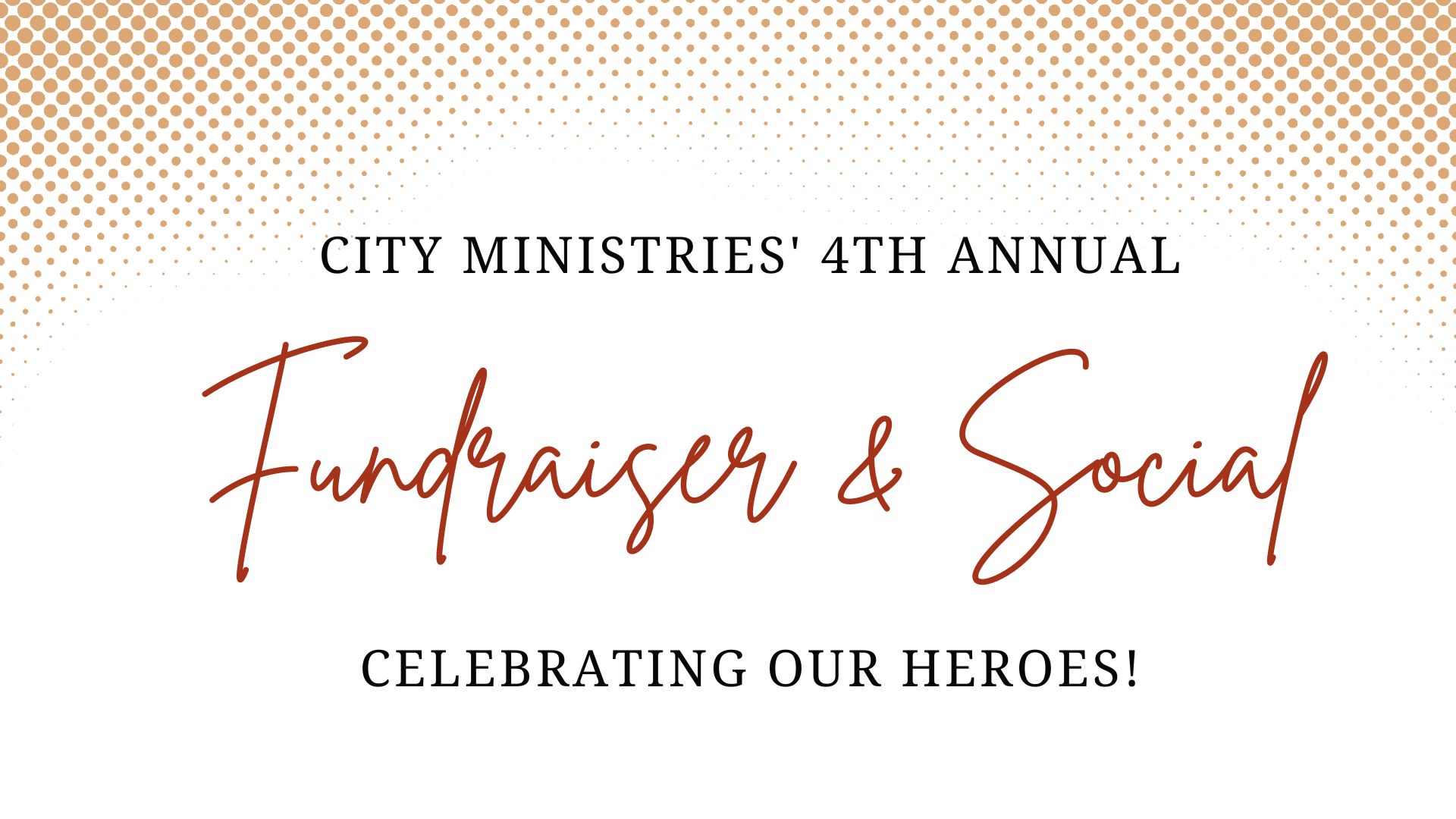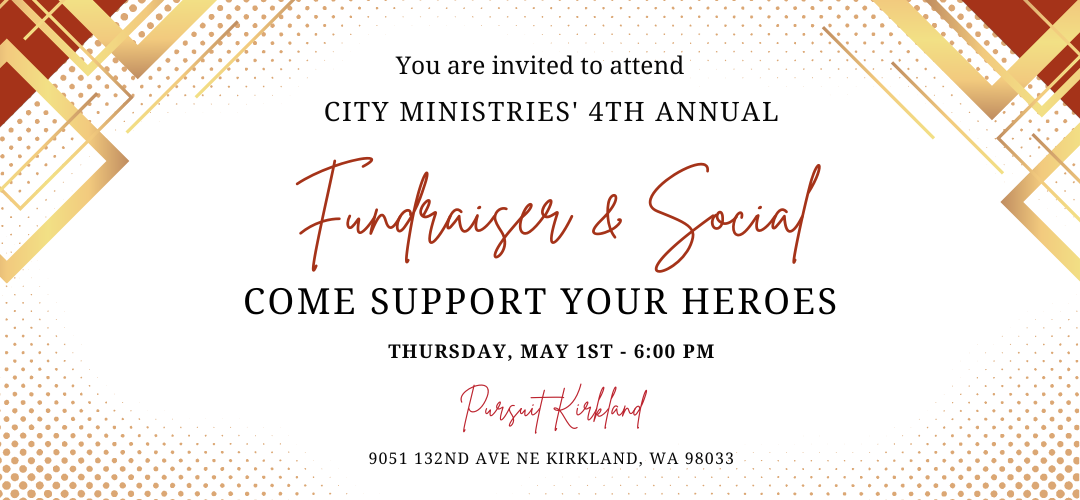Are you caring for a foster child with Attention Deficit Hyperactivity Disorder (ADHD)? If so, you know it can leave you feeling stressed, exhausted, and frustrated. Every day feels like the same battle as the one before. And there seems to be no progress with their behavior.
You question if you’re helping him or making his struggles worse.
It’s hard to know what behavior is due to ADHD. And what is a result of a dysfunctional and traumatic home before entering care? The trauma, neglect, and abuse your child experienced impact his development and behavior.
But there’s one thing you know for sure – meeting the needs of your foster child can be overwhelming. Especially when the symptoms of ADHD and their past trauma feed off each other.
Understanding how trauma and ADHD work in tandem is important in helping him heal from the past. You’ll also be better equipped to help him develop the necessary skills for a successful future.
Research shows that kids in foster care are three times more likely to have ADHD.
As a foster parent, it’s pretty much a guarantee you’ll have a placement at some point with a diagnosis of ADHD. Connecting the dots between trauma and your foster child’s ADHD needs to be a priority for a positive placement.
An ADHD label gets tossed around quickly. Let’s get on the same page and define what it means when your foster child has the diagnosis.
What is ADHD?
ADHD is one of the most common neurodevelopmental disorders in kids.
Kids with ADHD tend to be more inattentive, hyperactive, and impulsive. It’s harder for them to develop the skills needed to control attention, behaviors, emotions, and actions.
Parents end up having a hard time managing their child’s behavior.
Supporting your foster child with ADHD takes a little more patience and awareness. And that’s because of the trauma they’ve experienced.
What’s the connection between trauma and your foster child’s ADHD?
Most foster parents don’t get much background info on their placement. Because you know so little, it’s easy to get frustrated with their behavior and forget the chaos they lived in.
The Department of Health and Human Services found approximately 90% of kids in foster care have experienced trauma.2 And they go through even more trauma when they’re removed from their families and placed in care.
When kids experience traumatic events it affects their brain’s neurodevelopment development.
“Traumatic… experience in adults alters the organized brain, but in infants and children it organizes the developing brain.”
-Bruce Perry, MD, PhD and Ronnie Pollard, MD
What’s this mean? Trauma disrupts how a child’s brain develops.
And this disruption impacts many areas, including:
- Bonding with caregivers
- Language delays
- Social and emotional problems
- Difficulty with paying attention
- Learning struggles
Since trauma and stress directly affect how the brain develops, it makes sense why so many foster children have ADHD.
Common behavior patterns in foster kids with ADHD and trauma
Kids with ADHD have trouble with inattention, hyperactivity, and impulsivity.
Because your foster child has trouble keeping attention, you’ll find he:
- Struggles to finish tasks
- Can’t focus and gets distracted
- Is unable to stay organized
- Appears to not listen
- Doesn’t follow directions
- Needs reminders to do things
- Shows poor effort at school
Because your foster child’s overly active, you’ll find he:
- Moves around a lot
- Can’t sit still
- Fidgets and taps on things
- Extra talkative
- Makes mistakes
- Rushes through things
- Appears to always be on the go
Because your foster child’s impulsive, you’ll find he:
- Acts without thinking
- Blurts things out
- Struggles with self-control
- Doesn’t think about long-term consequences
- Wants immediate results
- Trouble delaying gratification
- Does things he knows he shouldn’t do
- Loses temper easy
You might find they have got unpredictable or explosive responses to basic demands. But what you may not realize is your child is reacting to a memory of a traumatic event.
There are some other behavior and health conditions that occur when a child has ADHD. Being aware of these allows you to support your foster child better.
5 Co-existing conditions a child with ADHD experiences
#1. Learning Disabilities
ADHD isn’t a learning disability. But kids with ADHD have a hard time controlling their executive functions. And this makes learning a struggle.
Executive functions include:
- Self-control
- Emotional control
- Task initiation
- Working memory
- Self-Monitor
- Flexibility
- Organization
- Planning and time management
Most learning uses one or more of these functions. The ability to focus, pay attention, complete tasks, and remember instructions are common.
#2. Conduct Disorder
You might notice your foster child has a pattern of aggression towards others.
Or he struggles to obey rules and expectations at home, school, and in social environments. These are all related to conduct disorders.
Conduct disorder symptoms your foster child might have include:
- Unconcerned about having good behavior
- Ignoring other people’s feelings or rights
- Enjoying causing pain or manipulating others
- Lying for no reason
If your foster child has any of these behaviors, get in touch with a therapist. Behavior therapy is a great tool when it comes to managing conduct disorders.
#3. Anxiety
Kids who deal with anxiety tend to be perfectionists and don’t do well interacting with others. But it’s a little different for kids who have ADHD and anxiety. Their struggle is with impulse control and staying organized.
Anxiety and ADHD have similar symptoms. A misdiagnosis happens with one or the other.
It’s hard for parents to pinpoint what behavior is from ADHD or anxiety. Either way, a child’s behavior can cause parents to feel frustrated when trying to help them.
There are a few ways ADHD and anxiety mimic each other, including:
- Restlessness
- Acting without much thought
- Trouble concentrating and focusing
Anxiety and ADHD are so interwoven. Connecting your foster child with a therapist can help you manage his behavior.
#4. Depression
Trouble focusing, completing tasks, and feeling restless can make anyone feel discouraged.
So it makes sense your foster child with ADHD might feel sad, guilty, irritable, and helpless. These are all symptoms of depression.
Like anxiety, it’s hard to know what behavior is ADHD or depression. Kids often have poor self-esteem due to their struggles with ADHD. This doesn’t mean they’re depressed.
Ways you can support your foster child with depressive behavior and ADHD include:
- Finding and focusing on your child’s strengths
- Helping them learn emotional intelligence
- Getting them more active
An ADHD diagnosis occurs more in boys. But it’s more common to see depression in girls with ADHD.
#5. Language problems
Speech difficulties are common in children with ADHD. This is because it’s hard for them to organize their thoughts so they can say what they’re thinking.
Studies show that ⅔ of kids with ADHD have a speech or language disorder.
Your child with ADHD might have language problems in the following areas:
- Speech: This includes problems in articulating, vocal quality, and fluency.
- Communication: This includes listening abilities, trouble comprehending, and inabiity to express themselves.
- Pragmatics: This includes speaking loudly, interrupting, or talking too much.
When a foster child enters care with a diagnosis of ADHD, the trauma often gets ignored. Parents focus too much on ADHD behavior issues and don’t address the impacts of trauma.
Lisa Dominguez, LCSW-C, suggests foster parents adopt a “trauma-informed parenting” style. She believes that “By parenting from a trauma-informed perspective, we see what the child is trying to communicate to us instead.”
What’s trauma-informed parenting when it comes to your child with ADHD?
Trauma-informed parenting involves:
- Understanding how the trauma impacts your child
- Recognizing the signs and symptoms of trauma
- Using different tactics when it comes to discipline
- Learning to connect your child’s emotions and behaviors to their trauma
A treatment plan that focuses on either the trauma or the ADHD won’t be successful long term. You need to have a plan that involves managing both.
So, how do you do that?
How can you help your foster child with trauma and ADHD?
Give your child the care they need by finding a therapist that’s familiar with trauma and ADHD. But also familiar with the impact foster care has on their development.
There are a few things you can do at home including:
- Establishing a consistent schedule and routine
- Cultivating safe and predictable relationships
- Empathizing with what they’re feeling
- Giving them a sense of control by offering limited choices
- Teaching them to build on their strengths
Caring for a foster child with ADHD and trauma means there’ll be ups and downs along the road. Remembering your child’s behavior isn’t intentional or an act of defiance is helpful.
If you’re a foster parent in the greater Seattle area, we’d love to support you.
We are City Ministries Child Placement Agency. As a private foster agency, we support foster families and the children in their care. We provide ongoing support, resources, and education for parents and their placements. Email us today and let us know how we can encourage you on your foster parenting journey.
Foster parenting isn’t easy and shouldn’t be done alone. Let us partner with you in helping your foster child heal from their past while learning to manage their ADHD.
References:
“Children in foster care three times more likely to have ADHD diagnosis.” 23 Oct. 2015, https://medicalxpress.com/news/2015-10-children-foster-adhd-diagnosis.html. Accessed 4 Apr. 2023.
“….” 11 Jul. 2013, https://www.medicaid.gov/federal-policy-guidance/downloads/smd-13-07-11.pdf. Accessed 5 Apr. 2023.
“ADHD in Girls and Women: How to Recognize the Signs & Symptoms.” 9 Mar. 2022, https://pro.psycom.net/assessment-diagnosis-adherence/adhd/adhd-girls-women. Accessed 6 Apr. 2023.
“Speech and Language Disorders in ADHD – Hilaris.” 29 Jun. 2018, https://www.hilarispublisher.com/open-access/speech-and-language-disorders-in-adhd-2472-0496-1000134.pdf. Accessed 6 Apr. 2023.



